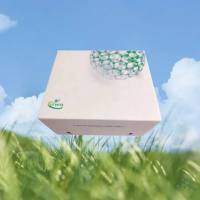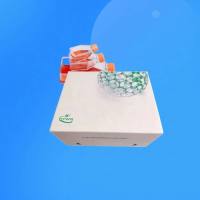Parasexual Genetics Using Axenic Cells
互联网
572
Normally, vegetative Dictyostelium grow as haploid cells. Occasionally, two haploid cells fuse together during normal growth, forming a diploid cell containing both parental sets of chromosomes within a single nucleus. The diploid state is reasonably stable, and the growth, development, and general behavior of diploids are similar to their haploid parents. However, during normal growth of diploids, cells may spontaneously lose one copy of each chromosome at random and revert back to a haploid state containing a selection of chromosomes from both parents. This diploid cycle therefore allows nonsexual recombination between two different mutant strains.
Diploid cells have multiple practical uses. They allow the generation of double and multiple knockouts, and are particularly useful for strains that are sick or difficult to generate using molecular genetics. They provide a means of manipulating genes that are lethal when disrupted in haploids. In diploids, it is possible to isolate heterozygous knockouts with no phenotype and then introduce a further mutant allele. These cells can then be segregated to yield haploid progeny with an effective gene replacement. Similarly, diploids made from different parent strains offer a means of examining the effects of different genetic backgrounds and overriding strain-specific phenotypes. A number of other uses are possible, making parasexual genetics potentially even more versatile.









